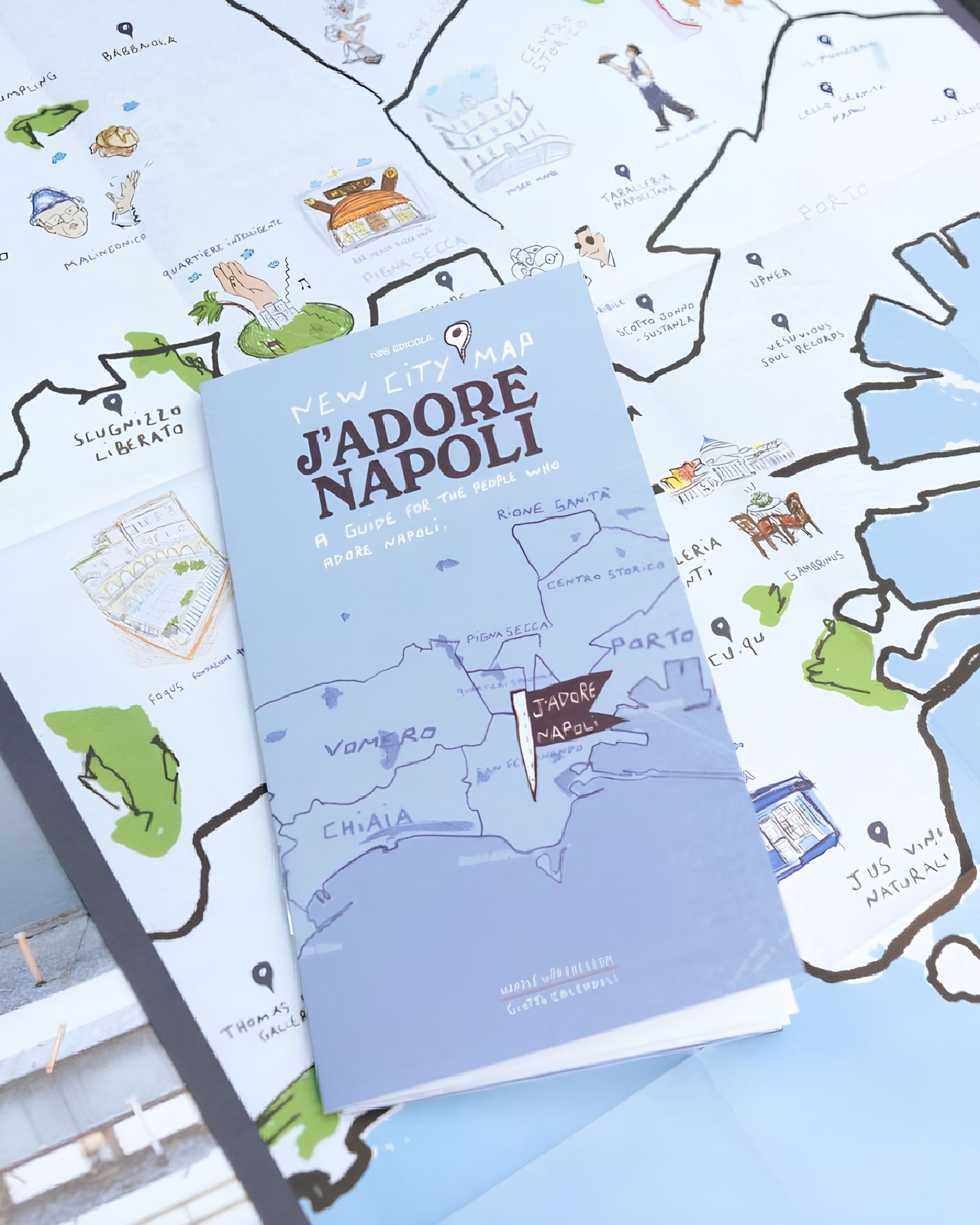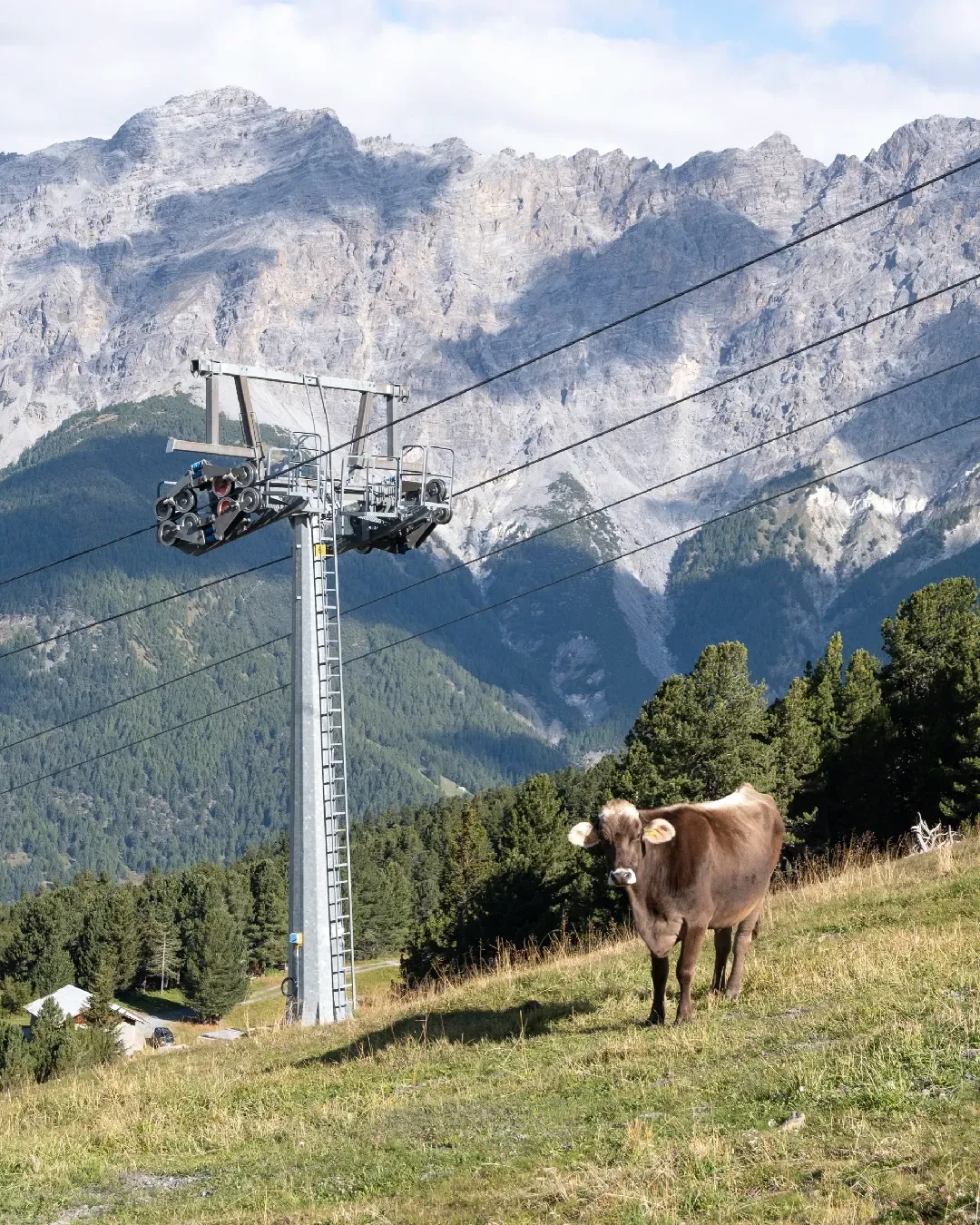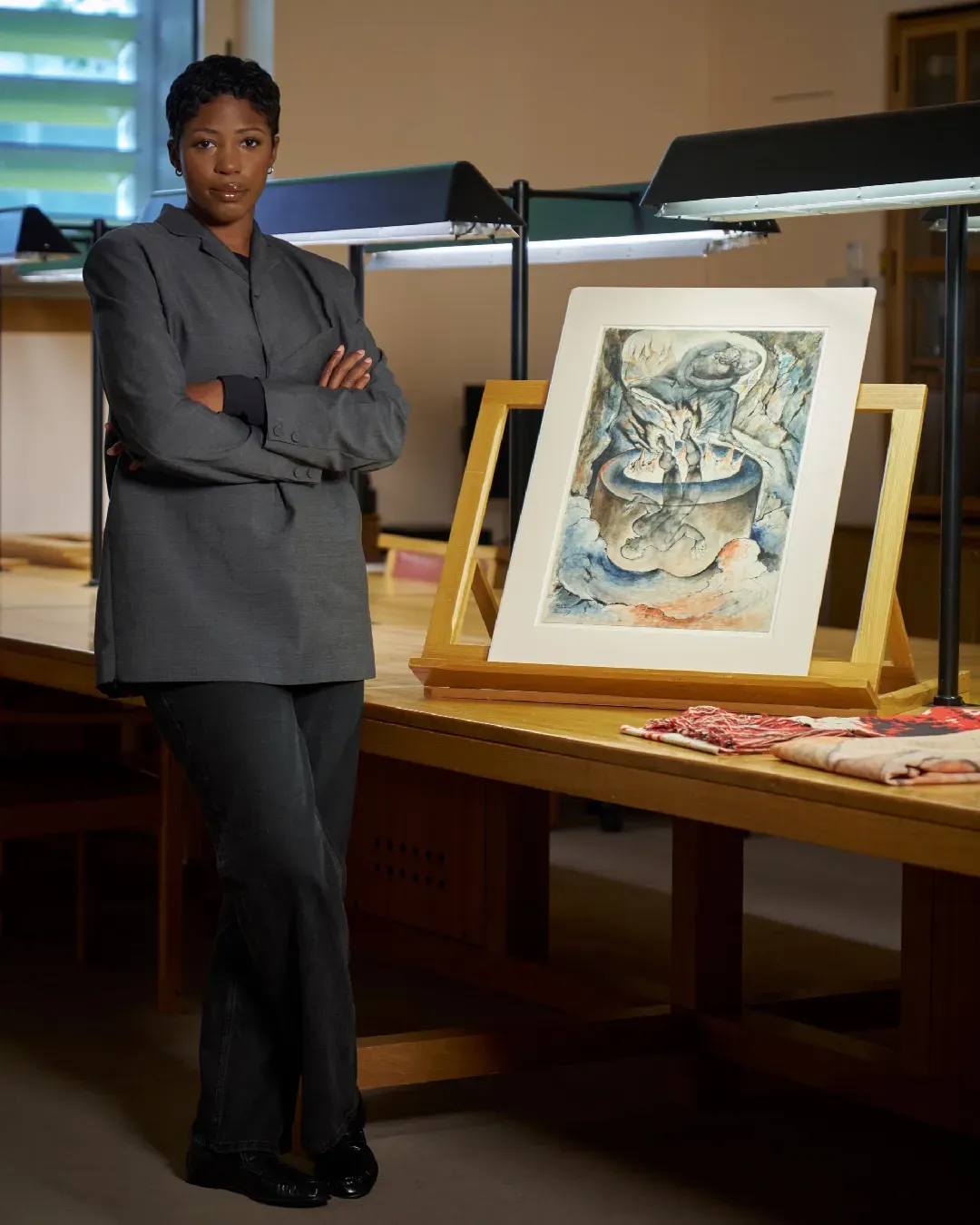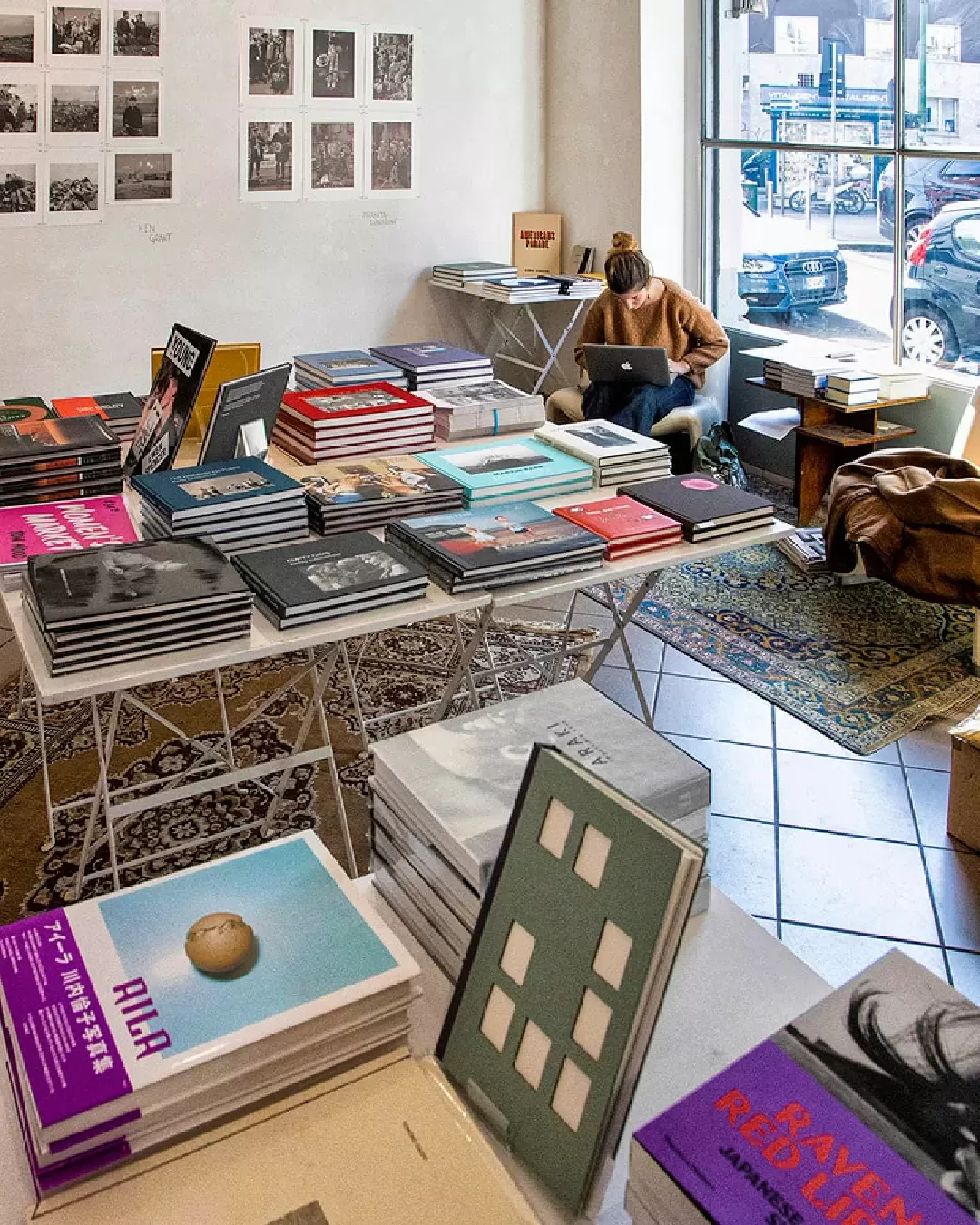
The unexpected comeback of printed tour guides Despite Internet, they continue to sell
To search for accommodations, venues, and restaurants, tourists now mainly consult the Internet. Online, time is saved and up-to-date information can be found thanks to platforms like Tripadvisor and Google Maps, not to mention the numerous travel blogger profiles on social media. For a long time, one of the fears of publishers specializing in printed travel guides was that the Internet would eventually lead to the collapse of the market. This concern was compounded between 2020 and 2021 by the experience of the pandemic, which many industry professionals saw as the definitive blow from which recovery would be very difficult. In addition to severely limiting travel, the health emergency made it more urgent to update most editions, which takes time. Meanwhile, many places closed, and new ones opened, all while the authors of various guides were unable to travel abroad. For this reason, several publishers focused primarily on publishing editions dedicated to local destinations. However, for about two years now, various companies in the sector have resumed focusing on international destinations, which are in high demand as travel guides have unexpectedly come back into fashion – to the point that sales are recording almost the same numbers as before 2020, dispelling the initial fears of industry professionals.
For some time now, travel has been one of the favorite ways for many people to spend their earnings – also because with social media, it has become easier to show it off: if in the past, people tended to purchase goods and objects to display their status online, today it is more common to indulge in a trip abroad. For this reason, 2018 and 2019 were two very positive years for the travel guide sector. After the sharp slowdown caused by the pandemic, during which established players like Lonely Planet lost a large portion of their revenues, travel guides have regained ground. In Italy, the total revenue of this market was 26 million euros in 2022, and 30.1 million in 2023 – just below the 2019 earnings. As reported by the Economist, the same trend occurred in the United States and the United Kingdom, the two main markets for English-language travel guides.
Why do travel guides still work?
Despite the possibilities offered by the Internet, many people continue to buy travel guides for various reasons. Among the advantages is the fact that while traveling, internet connectivity is not always accessible, and one cannot afford to overuse their smartphone battery – so consulting a book is more convenient. Moreover, many publishers today offer e-book versions of travel guides – less bulky and generally more convenient for long trips. But travel guides are still thriving because online information is often fragmented or not entirely reliable, as well as not easy to aggregate, compare, and verify. This is why many tourists buy guides already during the trip planning phase: especially for demanding trips, preliminary preparation is very useful, so much so that they start buying them during the Christmas period in anticipation of the summer season.
People's perception of the information contained in travel guides has also changed, to the point that for more and more travelers, they have become a synonym for reliability. It is true that one can easily find a certain restaurant online, but if it is also mentioned in a printed guide, it often means that the place is genuinely worth visiting. Additionally, it was once believed that the addresses listed in guides were only the most popular and touristy, while the Internet could still provide more niche suggestions. Today, the opposite is true. A travel tip published in a video on Instagram or TikTok can achieve massive dissemination, fueling overtourism and changing the character of those same places – once considered almost “secret.” In recent years, however, some publishers have tried to adapt their publications to the online dimension: this is why it is increasingly common to offer a curated selection of addresses and tips designed to guide travelers, as the Internet often provides a surplus of information, and navigating all this content can take a lot of time.














































